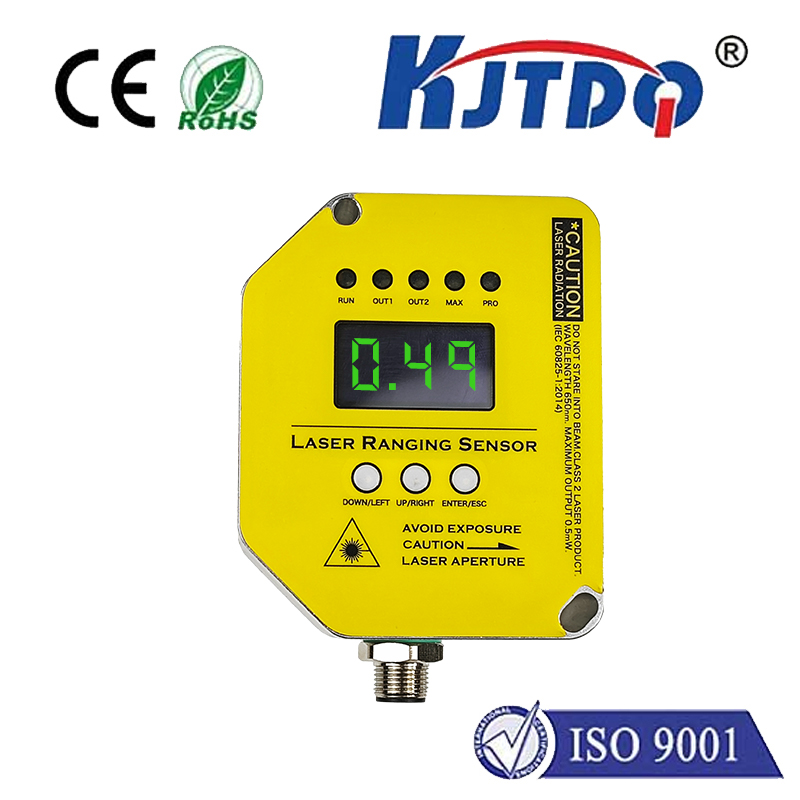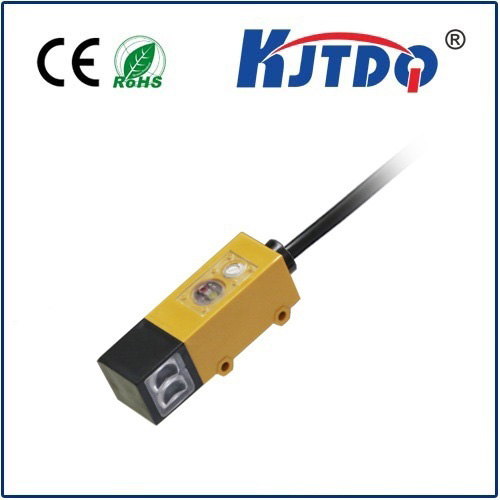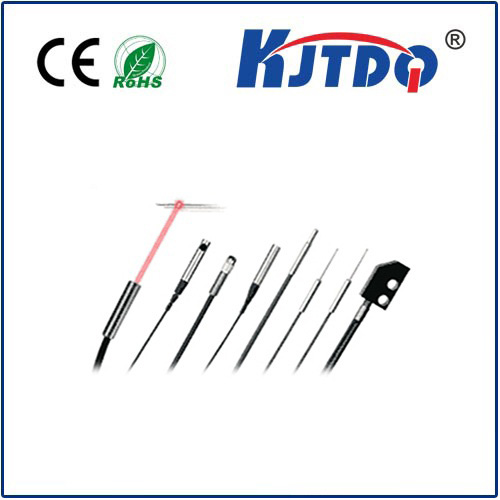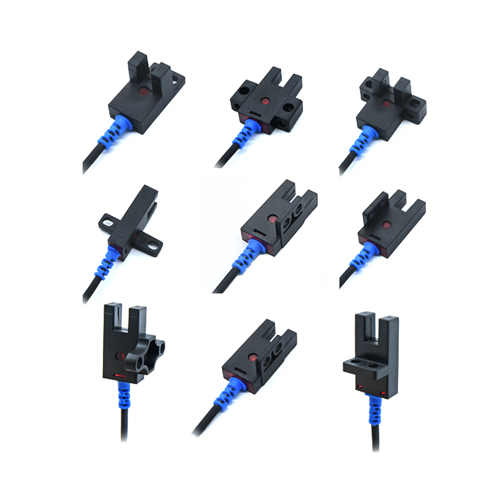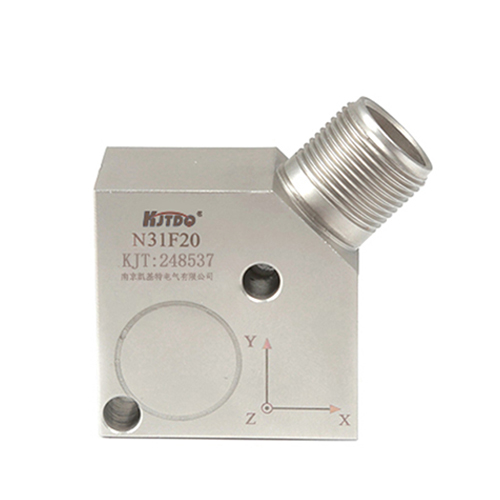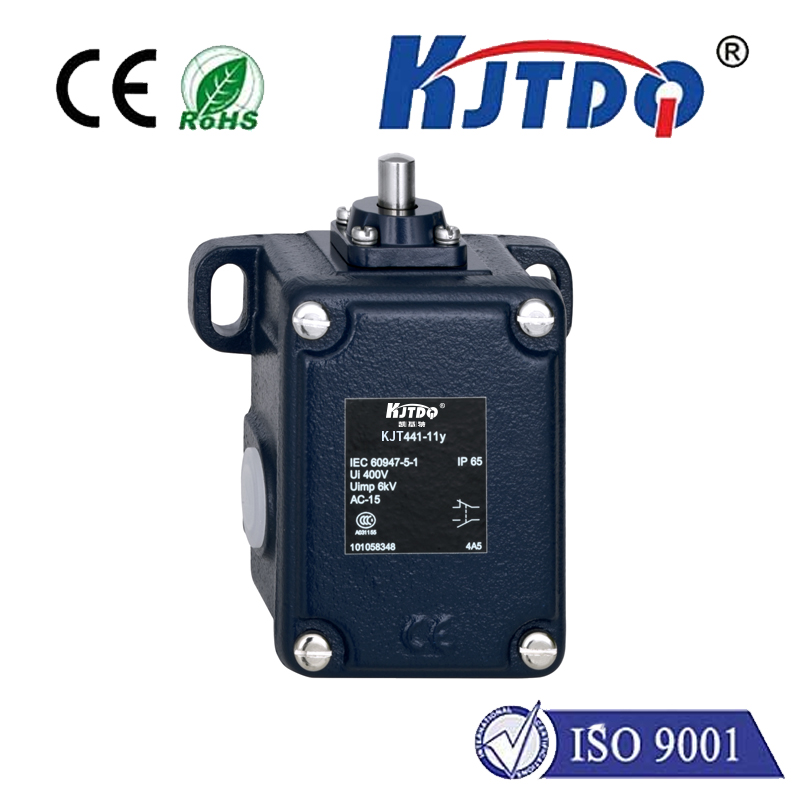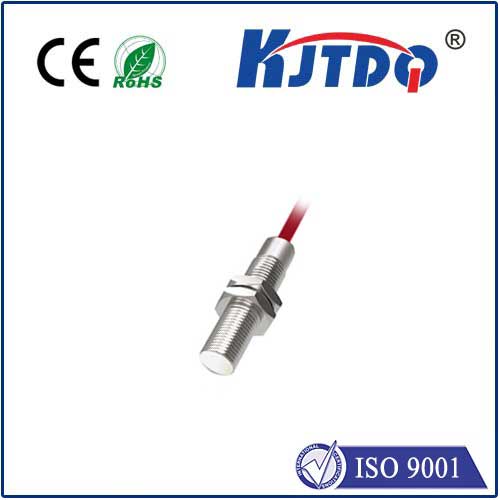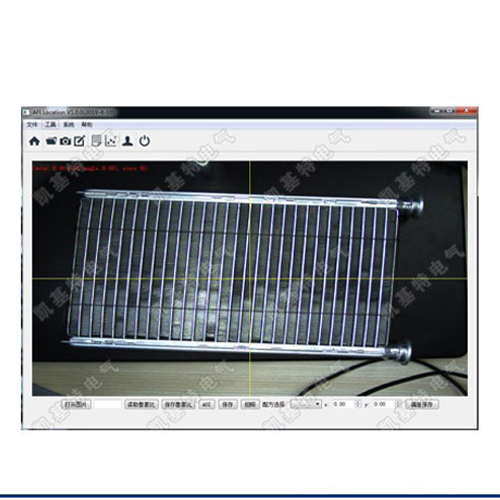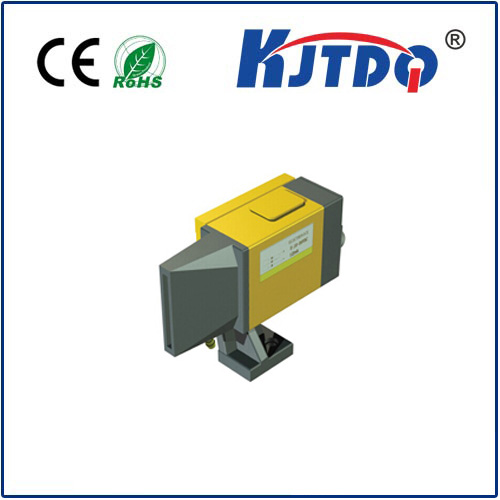

check

check

check

check
Imagine the device you’re reading this on. Its incredible power stems from billions of microscopic transistors etched onto silicon chips, features now measured in mere nanometers – smaller than a wavelength of visible light. This relentless drive towards miniaturization, fueled by Moore’s Law, has pushed semiconductor lithography, the process of printing these intricate patterns, to its absolute physical limits. Here, a fundamental phenomenon called optical proximity effects (OPE) emerges not as a minor detail, but as a critical hurdle that can make or break the functionality of an entire chip. Understanding and overcoming OPE isn’t just technical; it’s essential for creating the advanced electronics that define our world.
At its core, semiconductor lithography is akin to photographic printing, but on an unbelievably tiny scale. Light is projected through a patterned mask (photomask) onto a silicon wafer coated with light-sensitive photoresist. The goal is a perfect, crisp transfer of the mask pattern onto the wafer. However, as feature sizes dipped below the wavelength of the light used, the wave nature of light becomes impossible to ignore. This is where optical proximity effects take center stage.
What Are Optical Proximity Effects?
Simply put, OPE occur because light diffracts, bends, and interferes when passing near edges and corners of patterns on the mask. This interference depends heavily on the proximity of surrounding features. Consequences include:
These seemingly small distortions are catastrophic at the nanoscale. A transistor gate that’s too short or a wire that’s bridged can render a chip non-functional. Without addressing OPE, manufacturing modern integrated circuits with features far smaller than the exposure wavelength (193nm DUV or 13.5nm EUV) would be impossible.

The Essential Solution: Optical Proximity Correction (OPC)
Overcoming optical proximity effects is achieved primarily through Optical Proximity Correction (OPC). Think of OPC as pre-distorting the mask design in anticipation of the distortions that will occur during exposure. It’s a sophisticated computational process applied during the mask data preparation stage, long before the mask is physically manufactured.
How OPC Works:
Evolution of OPC Techniques:
OPC has evolved significantly over generations:
OPC vs. PPC: A Clarification
It’s important to distinguish OPC from Process Proximity Correction (PPC). While OPC specifically targets distortions caused by optical interference during the exposure step, PPC addresses systematic variations introduced during subsequent wafer processing steps, like etching or chemical-mechanical polishing (CMP). These steps can also cause feature size changes depending on pattern density and proximity. OPC and PPC are often used together in a holistic Resolution Enhancement Technique (RET) strategy to ensure the final silicon structure matches the design intent.
The Critical Role in Advanced Nodes
As we push into nodes utilizing Extreme Ultraviolet (EUV) lithography (13.5nm), the fight against OPE remains fierce. While EUV’s shorter wavelength reduces some OPE compared to DUV, the features are so incredibly small that even minor proximity effects become significant. The complexity of OPC models has skyrocketed, incorporating multi-beam effects within the EUV source itself and complex mask 3D effects. Mask optimization, including advanced OPC and intricate assist features, remains paramount for achieving yield and controlling costs in EUV manufacturing.
Conclusion: The Invisible Enabler
Optical proximity effects are a fundamental physical challenge inherent in pushing the boundaries of optical lithography. OPC is not merely an optional add-on; it is a foundational enabling technology for modern semiconductor manufacturing. It represents a triumph of computational physics and engineering over the inherent limitations of light. Without the sophisticated algorithms and immense computing power dedicated to predicting and counteracting OPE through advanced optical proximity correction, the smartphones, computers, AI accelerators, and countless other devices we rely on daily simply could not exist at their current level of performance and miniaturization. The battle against the unseen distortions caused by light continues, driving innovation at the very edge of technology.
